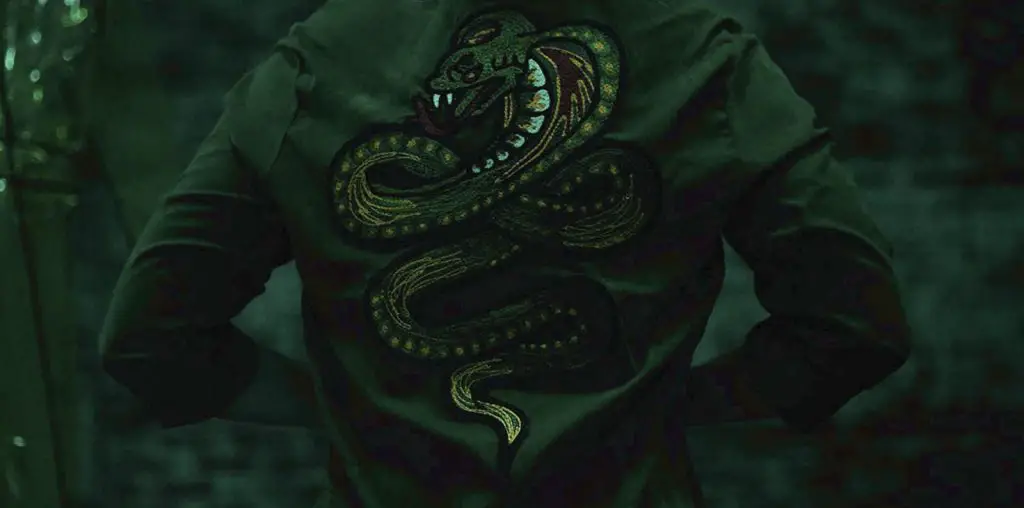
Lest we forget that Blue Caprice is not only based on a true story but an especially dark one at that, Alexandre Moors’ retelling of the 2002 Beltway sniper attacks begins with raw footage of the carnage set to a somber piano piece. 911 calls play over news reports from the time as the opening credits roll. Though this initially seems a rote and arguably exploitative means of introducing us to the story, the reason for its inclusion is brought into focus by how little attention is ultimately paid to the attacks themselves. Moors and screenwriter R.F.I. Porto strike a surprisingly (and refreshingly) muted tone as they put us in the headspace of the man (Isaiah Washington) and his semi-adopted son (Tequan Richmond) who killed 10 and wounded several others in the Washington, D.C. area a little over a decade ago; this is more a psychological profile than a conventional reenactment.
The details are vague: Washington’s John takes in Richmond’s Lee after the latter’s mother abandons him, treats him like a son, and begins subtly training him as a soldier for his own private cause. The two travel from Antigua to Tacoma to Maryland. John has a moral center that’s been irrevocably altered by post-divorce embitterment and paranoia, while Lee isn’t emotionally mature enough to develop one of his own.
It’s to Moors’ credit that the first three-quarters of Blue Caprice represent an attempt to understand how John comes to be the way he is and that the inevitable violence is almost an afterthought. This is more about why than what, but even there it offers no definitive answers—by film’s end, the case is still something of a conundrum.
Blue Caprice is lyrical to the point of being ghostly. “I’ve created a monster,” John says after one especially successful training session. It’s readily apparent that he’s more right than even he knows, but the implications of his meaning it in a good way take longer to settle in.
